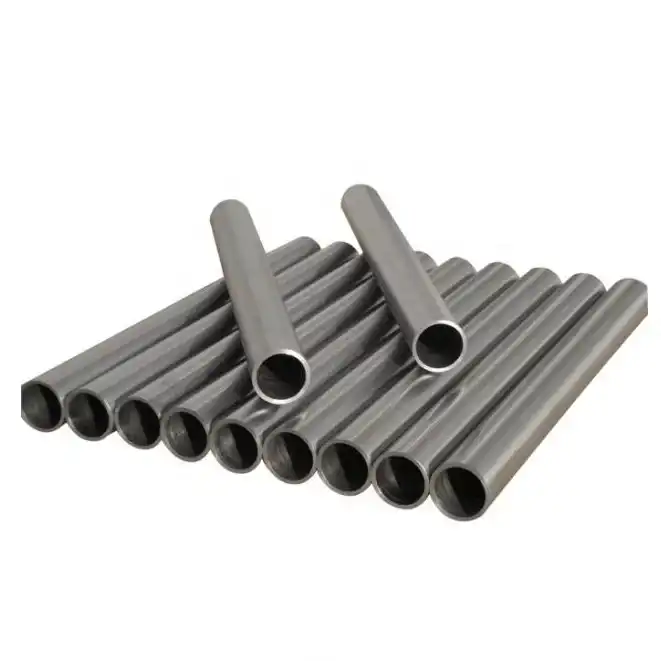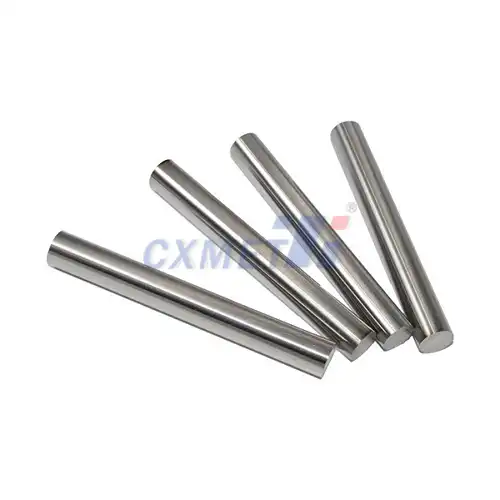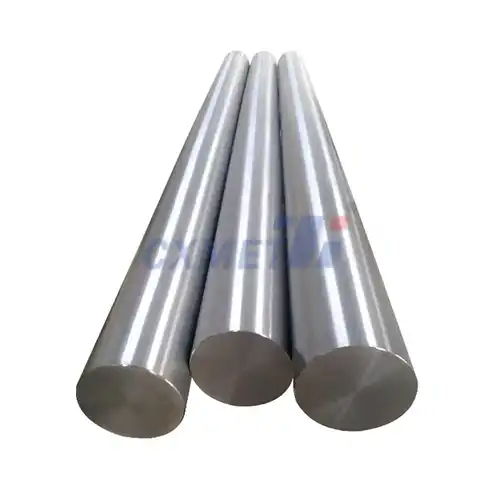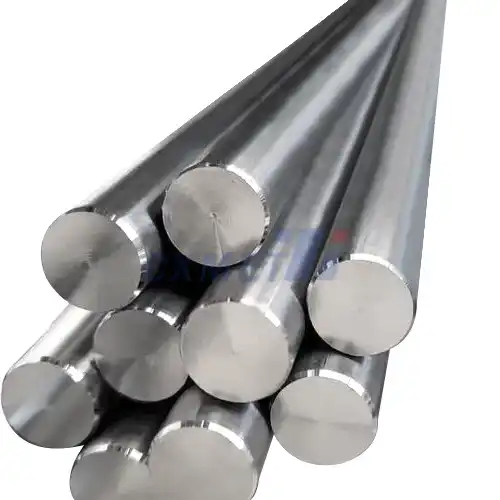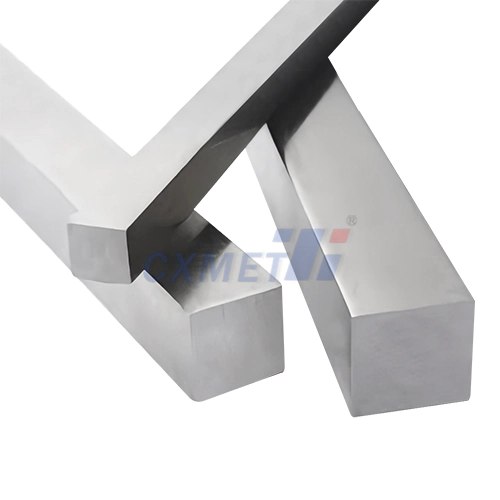- English
- French
- German
- Portuguese
- Spanish
- Russian
- Japanese
- Korean
- Arabic
- Greek
- German
- Turkish
- Italian
- Danish
- Romanian
- Indonesian
- Czech
- Afrikaans
- Swedish
- Polish
- Basque
- Catalan
- Esperanto
- Hindi
- Lao
- Albanian
- Amharic
- Armenian
- Azerbaijani
- Belarusian
- Bengali
- Bosnian
- Bulgarian
- Cebuano
- Chichewa
- Corsican
- Croatian
- Dutch
- Estonian
- Filipino
- Finnish
- Frisian
- Galician
- Georgian
- Gujarati
- Haitian
- Hausa
- Hawaiian
- Hebrew
- Hmong
- Hungarian
- Icelandic
- Igbo
- Javanese
- Kannada
- Kazakh
- Khmer
- Kurdish
- Kyrgyz
- Latin
- Latvian
- Lithuanian
- Luxembou..
- Macedonian
- Malagasy
- Malay
- Malayalam
- Maltese
- Maori
- Marathi
- Mongolian
- Burmese
- Nepali
- Norwegian
- Pashto
- Persian
- Punjabi
- Serbian
- Sesotho
- Sinhala
- Slovak
- Slovenian
- Somali
- Samoan
- Scots Gaelic
- Shona
- Sindhi
- Sundanese
- Swahili
- Tajik
- Tamil
- Telugu
- Thai
- Ukrainian
- Urdu
- Uzbek
- Vietnamese
- Welsh
- Xhosa
- Yiddish
- Yoruba
- Zulu
What are the Latest Research Developments in the Field of 3D Printed Titanium Alloys?
2024-09-14 15:38:48
The field of 3D printed titanium alloys has been experiencing rapid advancements in recent years, revolutionizing manufacturing processes across various industries. This cutting-edge technology combines the versatility of 3D printing with the exceptional properties of titanium alloys, opening up new possibilities for creating complex, lightweight, and high-performance components. From aerospace and automotive applications to medical implants and beyond, researchers are continually pushing the boundaries of what's possible with 3D printed titanium alloys. In this blog post, we'll explore some of the latest research developments in this exciting field, focusing on key areas of innovation and potential future applications.
What are the advantages of 3D printing titanium alloys over traditional manufacturing methods?
3D printing, also known as additive manufacturing, offers several significant advantages over traditional manufacturing methods when it comes to working with titanium alloys. These benefits have driven the rapid adoption and ongoing research in this field:
1. Complex Geometries: One of the most remarkable advantages of 3D printing titanium alloys is the ability to create intricate and complex geometries that would be difficult or impossible to achieve using conventional manufacturing techniques. This opens up new design possibilities, allowing engineers to optimize parts for performance, weight reduction, and functionality. For example, in the aerospace industry, 3D printed titanium components with intricate internal structures can significantly reduce weight while maintaining or even improving strength.
2. Material Efficiency: Traditional subtractive manufacturing methods, such as CNC machining, often result in significant material waste, especially when working with expensive materials like titanium alloys. 3D printing, on the other hand, is an additive process that builds parts layer by layer, using only the material necessary for the final product. This not only reduces waste but also lowers overall production costs, making titanium alloy parts more economically viable for a wider range of applications.
3. Rapid Prototyping and Iteration: The speed and flexibility of 3D printing allow for rapid prototyping and iteration of designs. Engineers can quickly create and test multiple versions of a part, making adjustments and improvements in a fraction of the time it would take using traditional manufacturing methods. This accelerates the product development cycle and enables more innovative designs to reach the market faster.
4. Customization and On-Demand Production: 3D printing excels at producing customized or low-volume parts without the need for expensive tooling or molds. This is particularly advantageous in industries like healthcare, where patient-specific implants or prosthetics can be created to exact specifications. It also enables on-demand production, reducing the need for large inventories and allowing for just-in-time manufacturing.
5. Enhanced Material Properties: The layer-by-layer construction process of 3D printing can result in unique microstructures and material properties that are difficult to achieve through traditional manufacturing methods. Researchers have found that by carefully controlling the printing parameters, they can tailor the microstructure of titanium alloys to enhance specific properties such as strength, ductility, or fatigue resistance.
While these advantages are compelling, it's important to note that 3D printing of titanium alloys is not without challenges. Ongoing research is focused on addressing issues such as process control, surface finish, and scalability. However, as the technology continues to mature, the benefits of 3D printing titanium alloys are increasingly outweighing the limitations, driving further innovation and adoption across industries.
How does the microstructure of 3D printed titanium alloys affect their mechanical properties?
The microstructure of 3D printed titanium alloys plays a crucial role in determining their mechanical properties, and understanding this relationship is a key focus of current research in the field. The unique layer-by-layer construction process of 3D printing, particularly in methods like Selective Laser Melting (SLM) or Electron Beam Melting (EBM), results in microstructures that can differ significantly from those produced by traditional manufacturing techniques.
1. Grain Structure and Orientation: The rapid heating and cooling cycles during the 3D printing process lead to the formation of fine, elongated grains that are often oriented in the build direction. This columnar grain structure can result in anisotropic mechanical properties, meaning the material behaves differently depending on the direction of applied stress. Researchers are investigating ways to control grain growth and orientation to optimize strength and ductility for specific applications.
2. Phase Composition: Titanium alloys can exist in different crystalline phases, primarily alpha (α) and beta (β) phases, depending on composition and thermal history. The rapid solidification rates in 3D printing can lead to the formation of metastable phases or non-equilibrium microstructures. Recent studies have shown that by carefully controlling printing parameters and post-processing heat treatments, it's possible to tailor the phase composition to achieve desired mechanical properties.
3. Porosity and Defects: One of the challenges in 3D printing titanium alloys is controlling porosity and defects such as lack of fusion or gas entrapment. These microstructural features can significantly impact mechanical properties, particularly fatigue life and fracture toughness. Advanced process monitoring and control techniques are being developed to minimize defects and improve overall part quality.
4. Residual Stress: The localized heating and cooling during the 3D printing process can introduce residual stresses in the material, which can affect mechanical properties and dimensional accuracy. Researchers are exploring various strategies to mitigate residual stress, including optimized scanning strategies, in-situ heat treatments, and post-processing techniques.
5. Texture Evolution: The layer-by-layer building process in 3D printing can lead to the development of crystallographic texture, which influences the material's anisotropy. Understanding and controlling texture evolution is crucial for predicting and optimizing mechanical behavior, especially in applications where directional properties are important.
The impact of microstructure on the mechanical properties of 3D printed titanium alloys is a rich and complex field of study. As researchers continue to unravel these relationships, we can expect to see further improvements in the performance and reliability of 3D printed titanium components. This ongoing work is paving the way for broader adoption of this technology in critical applications across industries, from aerospace to biomedical engineering.
What are the current challenges and future prospects for 3D printing of titanium alloys?
While 3D printing of titanium alloys has made significant strides in recent years, there are still several challenges that researchers and industry professionals are working to overcome. At the same time, the future prospects for this technology are incredibly promising. Let's explore both the current challenges and the exciting future possibilities in this field:
Current Challenges:
1. Process Control and Repeatability: Achieving consistent quality and properties across different builds and machines remains a significant challenge. Variations in powder characteristics, process parameters, and environmental conditions can lead to inconsistencies in the final product. Researchers are working on developing more robust process control algorithms and in-situ monitoring techniques to ensure reproducibility.
2. Surface Finish and Post-Processing: 3D printed titanium parts often require extensive post-processing to achieve the desired surface finish and dimensional accuracy. This can include machining, polishing, and heat treatments, which add time and cost to the manufacturing process. Improving as-printed surface quality and developing more efficient post-processing techniques are active areas of research.
3. Build Speed and Scalability: While 3D printing offers advantages in producing complex geometries, it can be slower and more expensive than traditional manufacturing methods for large-scale production. Increasing build speeds while maintaining quality is a key focus for making the technology more competitive for high-volume applications.
4. Powder Quality and Recycling: The quality of titanium alloy powders used in 3D printing can significantly impact the final part properties. Ensuring consistent powder characteristics and developing effective powder recycling methods are important for improving process reliability and reducing costs.
5. Design for Additive Manufacturing: Many engineers are still learning how to fully leverage the design freedom offered by 3D printing. Developing new design methodologies and software tools that optimize parts for additive manufacturing while meeting performance requirements is an ongoing challenge.
Future Prospects:
1. Multi-Material Printing: Advancements in 3D printing technology may soon allow for the seamless integration of multiple materials within a single part. This could lead to the creation of functionally graded titanium alloy components with optimized properties in different regions.
2. In-Situ Alloying and Microstructure Control: Future 3D printing systems may incorporate real-time alloying capabilities, allowing for precise control over local composition and microstructure. This could enable the production of parts with tailored properties that vary throughout the component.
3. Artificial Intelligence and Machine Learning: The integration of AI and machine learning algorithms into 3D printing processes promises to revolutionize process optimization, quality control, and defect prediction. These technologies could lead to self-correcting printing systems that adapt in real-time to maintain optimal part quality.
4. Large-Scale Printing: Ongoing research into scaling up 3D printing technologies could enable the production of much larger titanium alloy components, opening up new applications in industries like aerospace and energy.
5. Biomedical Applications: The ability to create patient-specific implants and scaffolds with controlled porosity and surface characteristics is expected to drive further innovation in the medical field. Future developments may include 3D printed titanium alloy implants with integrated drug delivery capabilities or enhanced biocompatibility.
As researchers and industry professionals continue to address the current challenges and explore new possibilities, the future of 3D printing titanium alloys looks incredibly promising. We can expect to see this technology playing an increasingly important role in various industries, driving innovation and enabling the creation of products that were previously impossible or impractical to manufacture.
At SHAANXI CXMET TECHNOLOGY CO., LTD, we take pride in our extensive product range, which caters to diverse customer needs. Our company is equipped with outstanding production and processing capabilities, ensuring the high quality and precision of our products. We are committed to innovation and continuously strive to develop new products, keeping us at the forefront of our industry. With leading technological development capabilities, we are able to adapt and evolve in a rapidly changing market. Furthermore, we offer customized solutions to meet the specific requirements of our clients. If you are interested in our products or wish to learn more about the intricate details of our offerings, please do not hesitate to contact us at sales@cxmet.com. Our team is always ready to assist you.
References
1. Herzog, D., Seyda, V., Wycisk, E., & Emmelmann, C. (2016). Additive manufacturing of metals. Acta Materialia, 117, 371-392.
2. Tan, X., Kok, Y., Tan, Y. J., Descoins, M., Mangelinck, D., Tor, S. B., ... & Leong, K. F. (2015). Graded microstructure and mechanical properties of additive manufactured Ti–6Al–4V via electron beam melting. Acta Materialia, 97, 1-16.
3. Liu, S., & Shin, Y. C. (2019). Additive manufacturing of Ti6Al4V alloy: A review. Materials & Design, 164, 107552.
4. Qian, M., Xu, W., Brandt, M., & Tang, H. P. (2016). Additive manufacturing and postprocessing of Ti-6Al-4V for superior mechanical properties. MRS Bulletin, 41(10), 775-784.
5. Lütjering, G., & Williams, J. C. (2007). Titanium (engineering materials and processes). Springer.
6. Shipley, H., McDonnell, D., Culleton, M., Coull, R., Lupoi, R., O'Donnell, G., & Trimble, D. (2018). Optimisation of process parameters to address fundamental challenges during selective laser melting of Ti-6Al-4V: A review. International Journal of Machine Tools and Manufacture, 128, 1-20.
7. Yap, C. Y., Chua, C. K., Dong, Z. L., Liu, Z. H., Zhang, D. Q., Loh, L. E., & Sing, S. L. (2015). Review of selective laser melting: Materials and applications. Applied physics reviews, 2(4), 041101.
8. Wang, X., Xu, S., Zhou, S., Xu, W., Leary, M., Choong, P., ... & Xie, Y. M. (2016). Topological design and additive manufacturing of porous metals for bone scaffolds and orthopaedic implants: A review. Biomaterials, 83, 127-141.
9. Frazier, W. E. (2014). Metal additive manufacturing: a review. Journal of Materials Engineering and performance, 23(6), 1917-1928.
10. DebRoy, T., Wei, H. L., Zuback, J. S., Mukherjee, T., Elmer, J. W., Milewski, J. O., ... & Zhang, W. (2018). Additive manufacturing of metallic components – Process, structure and properties. Progress in Materials Science, 92, 112-224.
